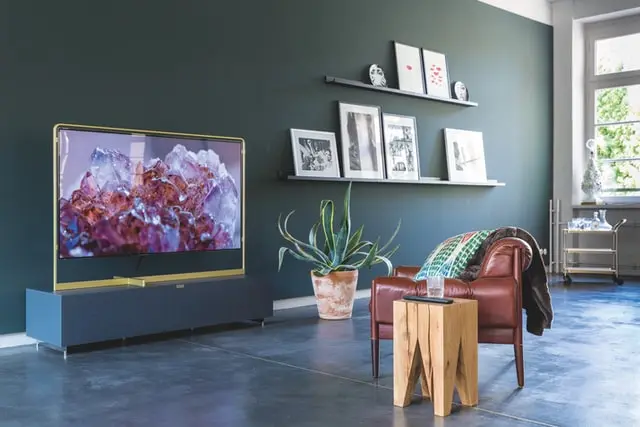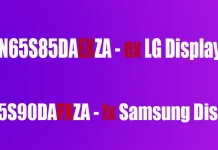In this article, you will read about Dual ED technology and how it works. So, basically LED stands for light-emitting diode and that’s a technology that allows a semiconductor light source to emit light when electric current flows through it. Simply put, they are diodes that emit light to create a TV display picture. In not surprising companies’ research and development (R&D) departments are always working on making the displays better for bigger sales.
The Dual LED is one of such improvements and it should enhance the picture quality.
Dual LED on Samsung TVs explained
Samsung made their statement that QLED series TVs will feature the new Dual LED technology back in 2020. Samsung went serious and even filed a patent for Dual LED and on October 21, 2019, The company applied for a trademark with the EUIPO (European Union Intellectual Property Office) for the name Dual LED. The application is categorized as class 9, with the description: ‘televisions; television monitor; television sets; remote controller for TV; stand for TV; wall mounting’. You are able to view the trademark for Dual LED here.
So, what actually is Dual LED? In order to display the image, the TV needs a LED backlight, and Samsung developed two types of LEDs to backlight the image. One LED shines with a cold light while the second shines with a warm light.
Thus, having this type of backlight Samsung has created a possibility to have a much better picture – closer to the true colors.
How Dual LED works on Samsung TVs
Is it possible to improve the picture with an improved backlight? Let’s find out.
The pixels on the screen are a kind that only transmits one wavelength. Therefore, the materials from which the pixels are made have a selective bandwidth of light transmission. There are only three types – red, blue, and green.
- Cold color – blue color is superior, and it looks that this color is quiet white, almost snow-white
- Warm color – reduced blue color, the light becomes more yellow
As a consequence changing the type of backlighting can only affect the brightness of the blue pixels. Hence, the image will be different in the blue spectrum, which means a change in overall perception, the image will be warmer or cooler but the color tone of the image will change.
It is not yet known how these LEDs will work together or individually. However, on the other hand, it still seems to be nothing special about it as TV sets have already had different dynamic modes for example for games, movies, and so on for a long time.






